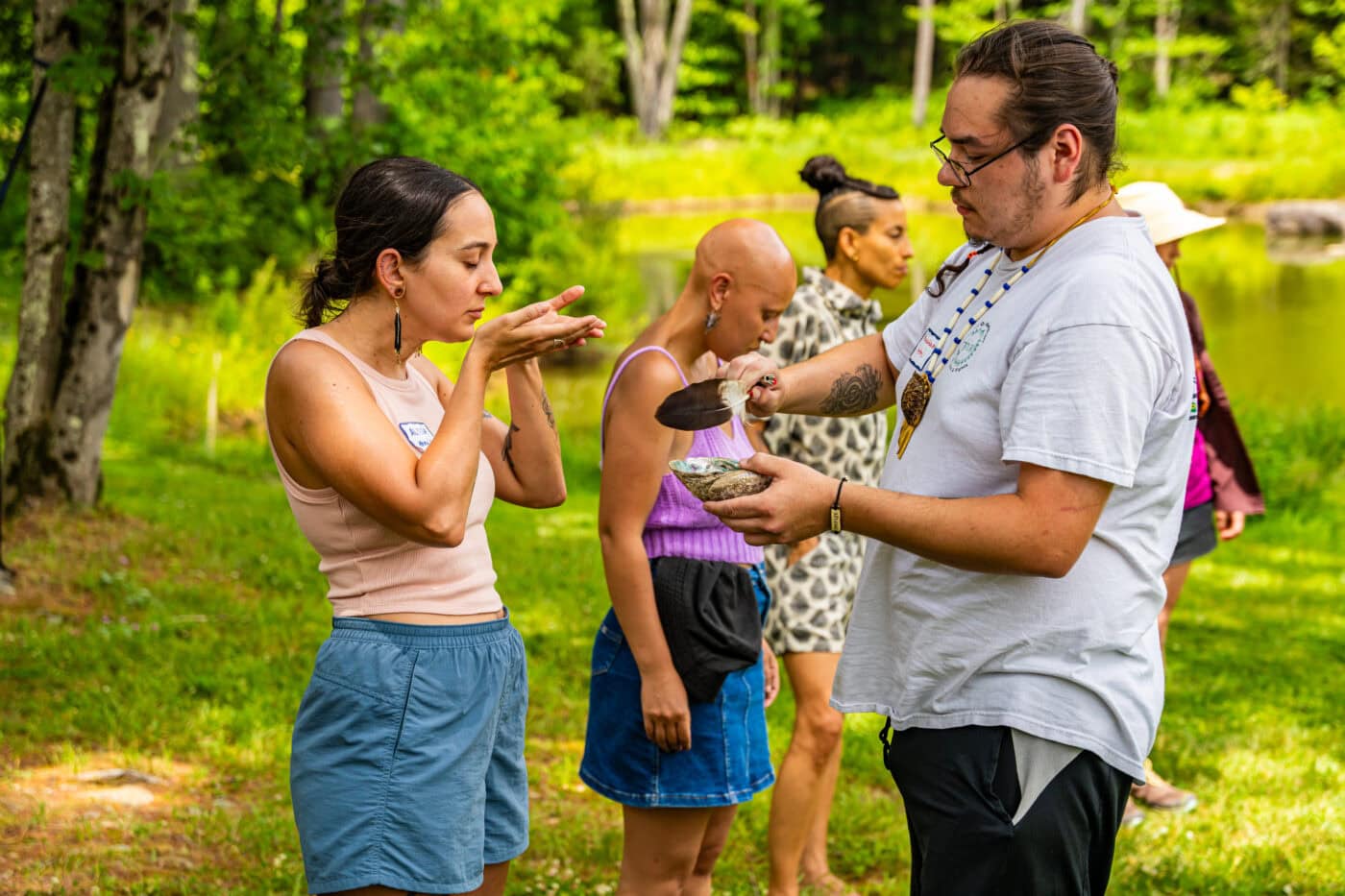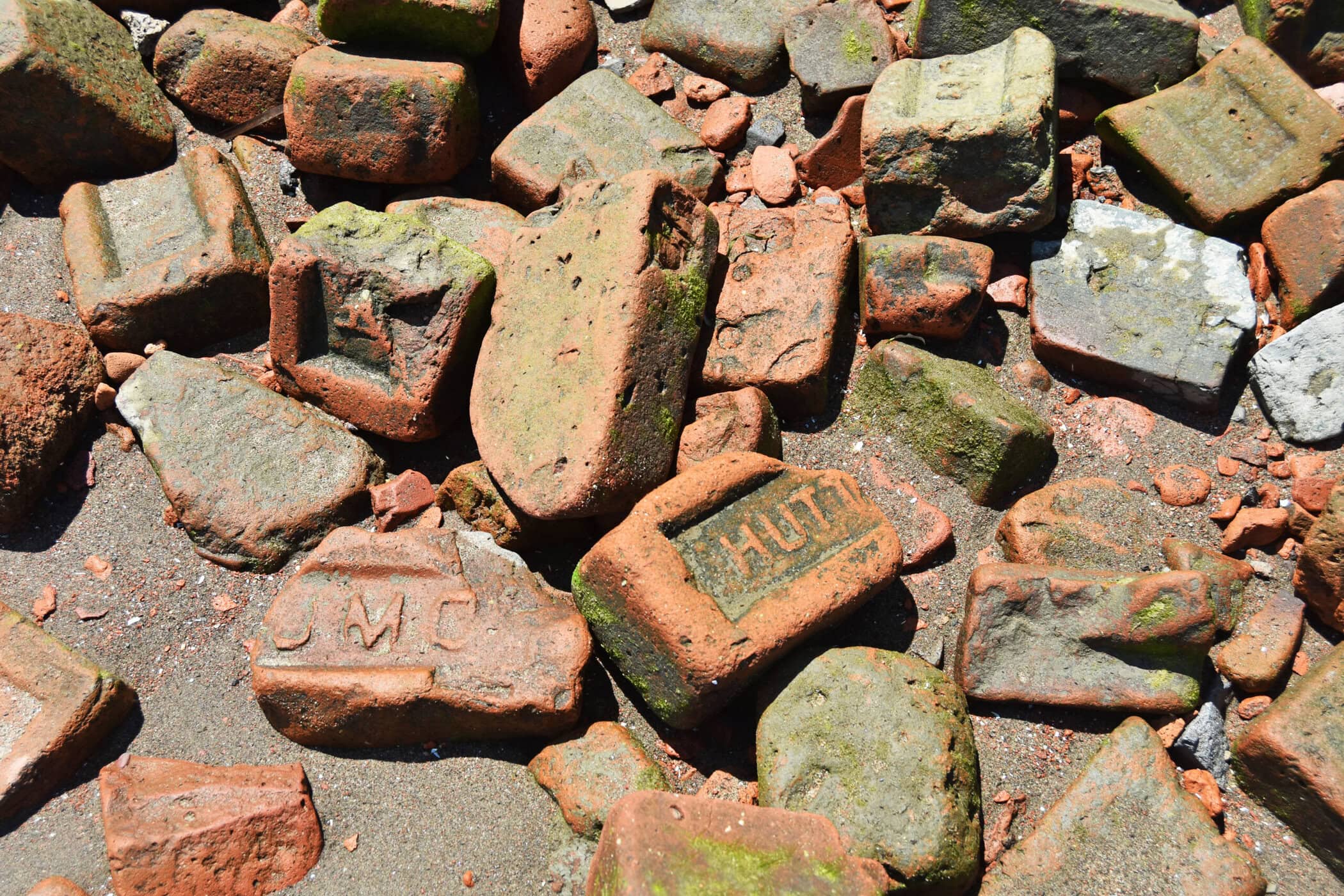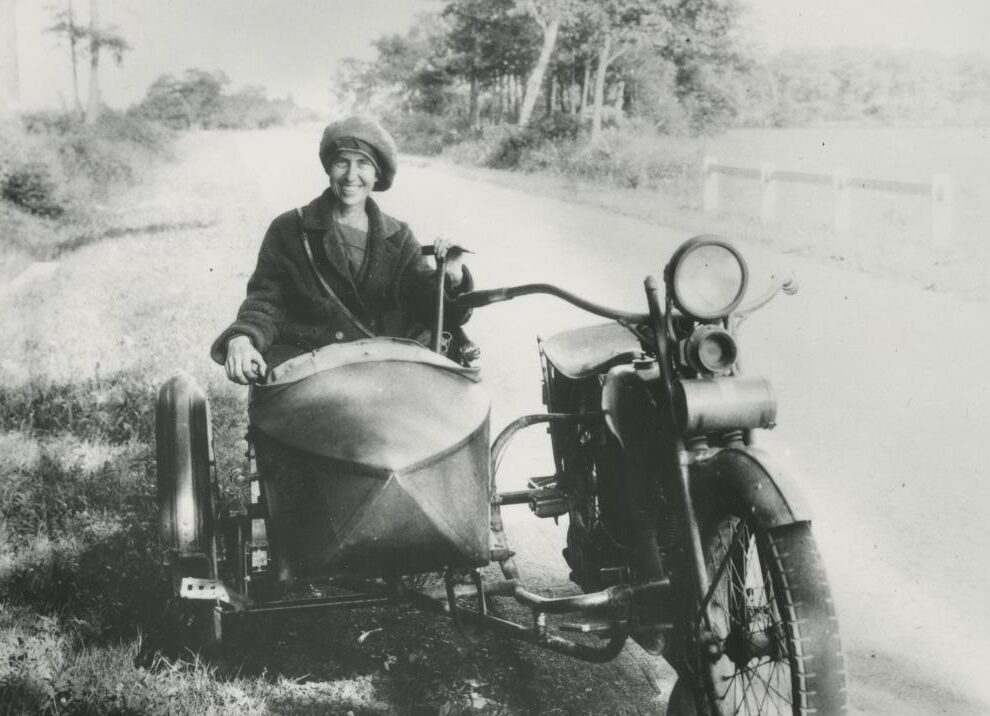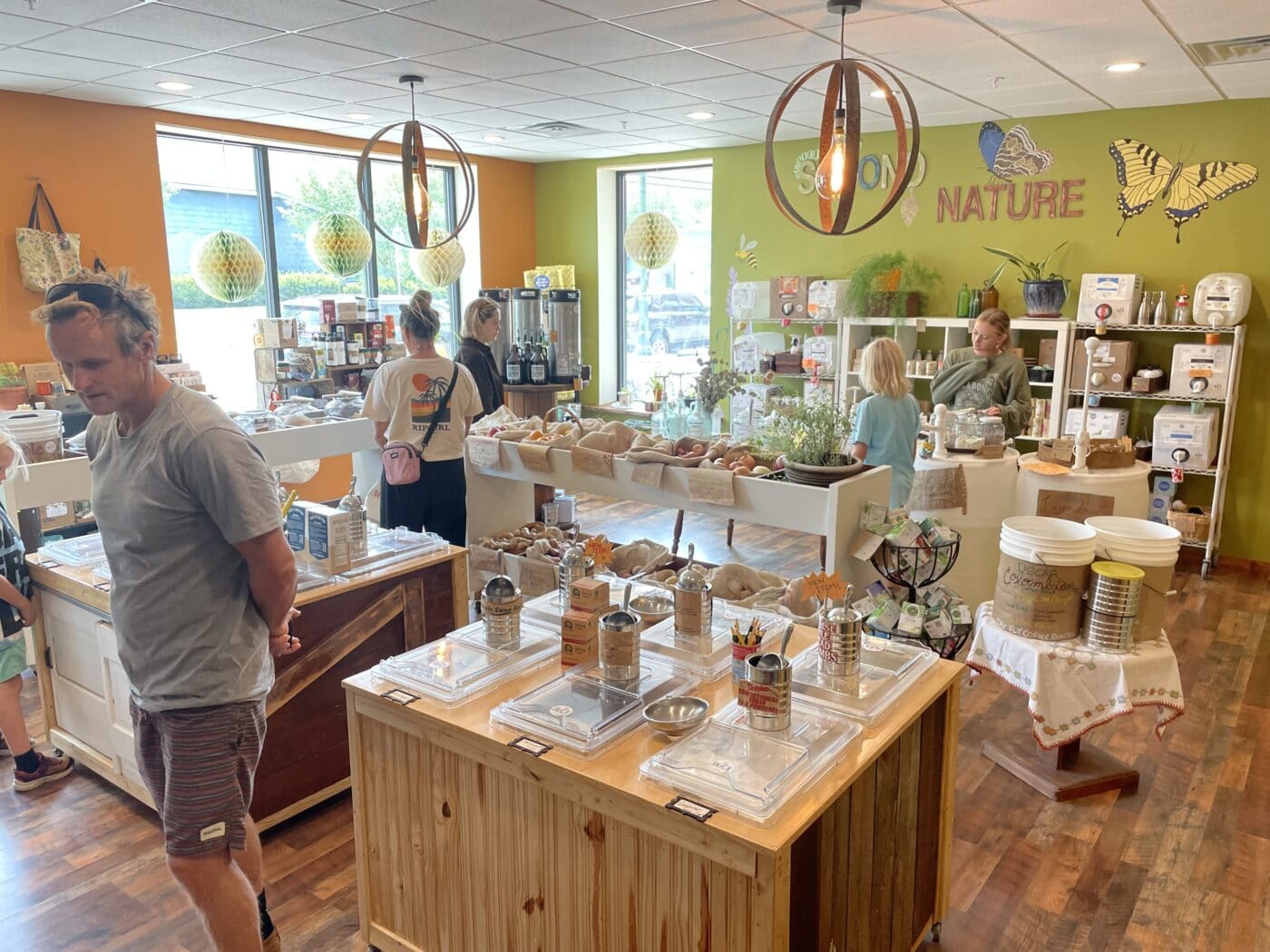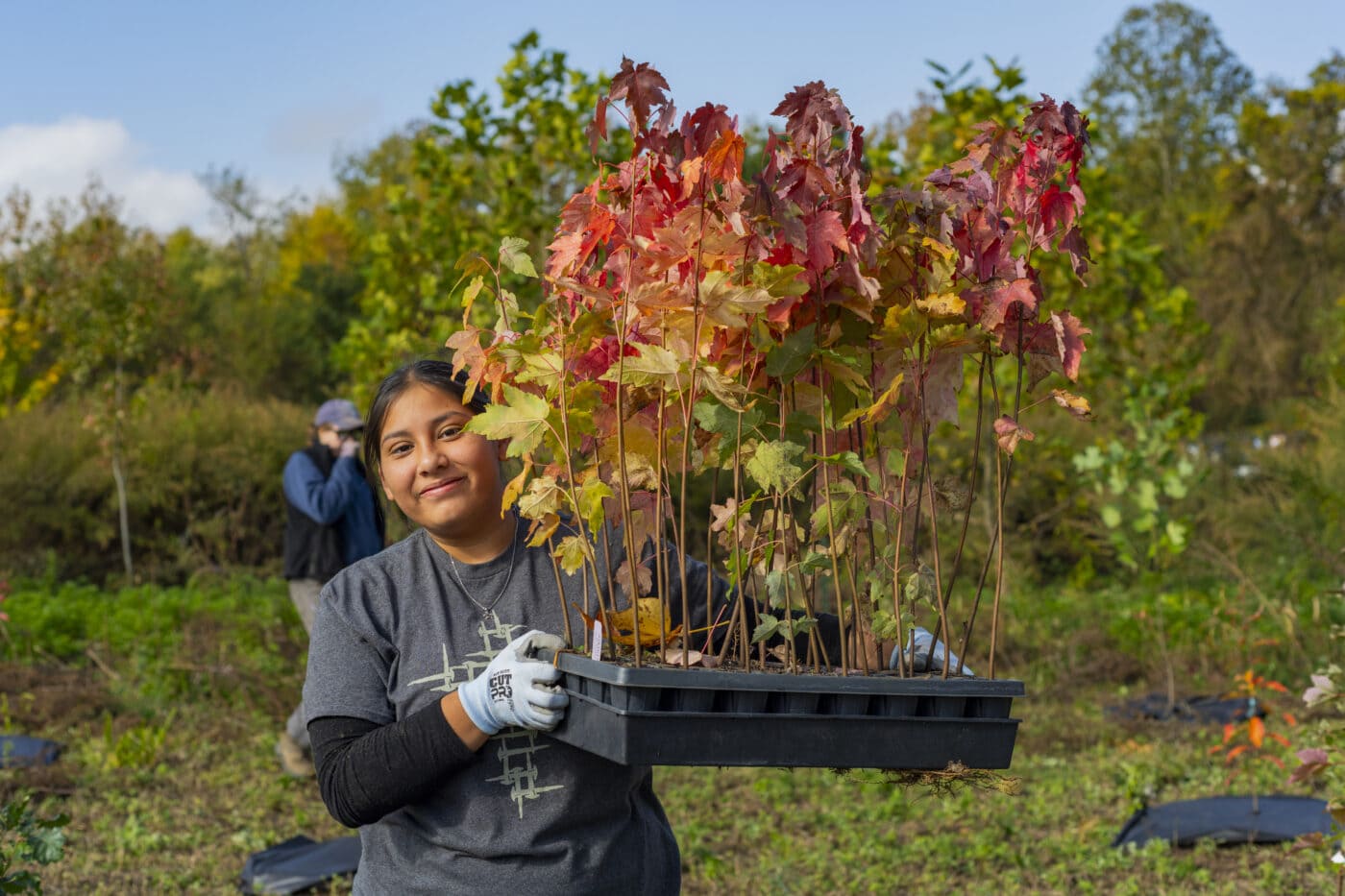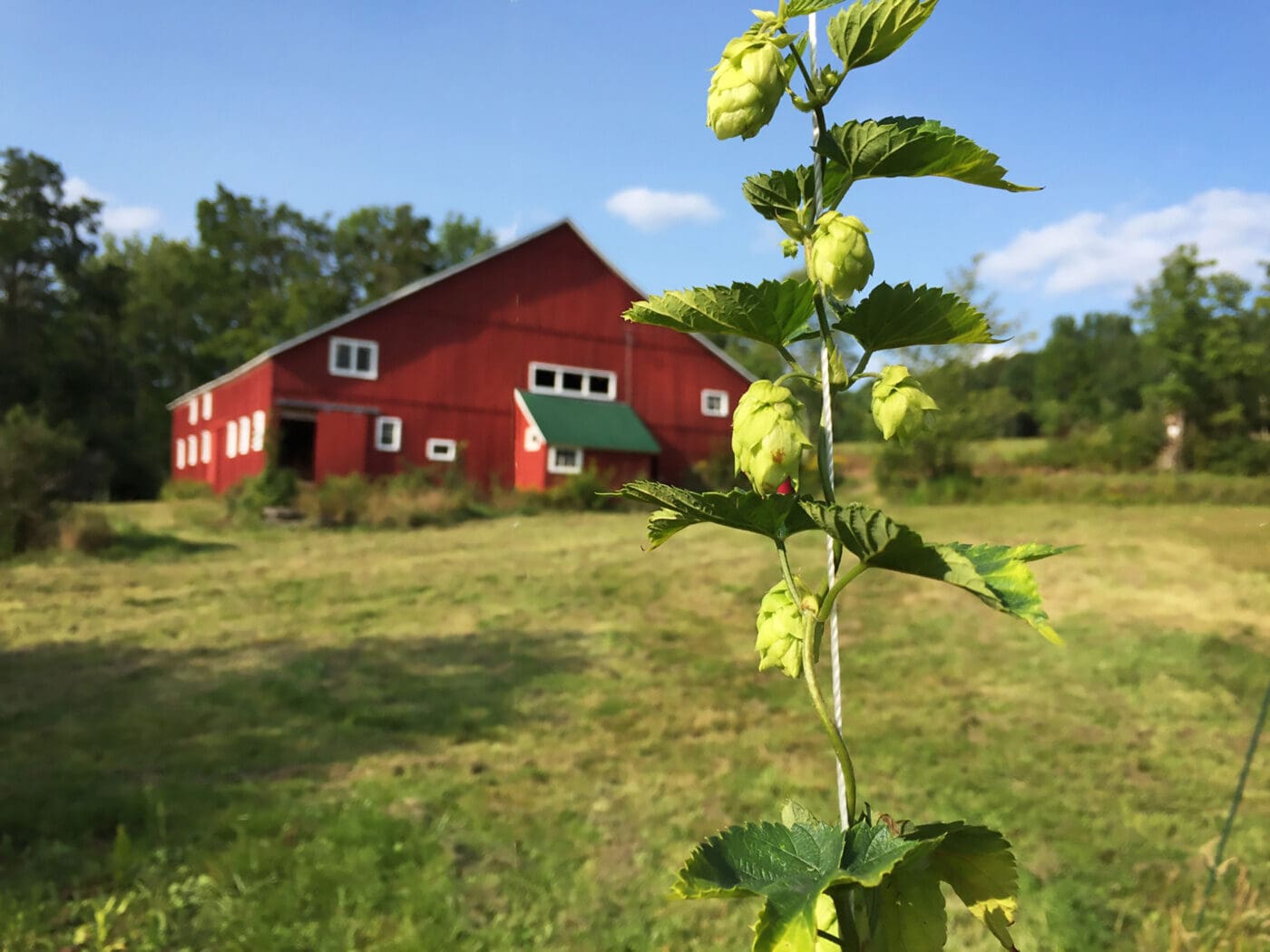Centuries before pharmacies, Indigenous peoples native to what is now the United States cultivated deep knowledge of the healing power of different plants. The plants utilized by Indigenous groups in modern New York and elsewhere may still hold value for those looking for natural health-boosters.
Luckily, a generation of practitioners have made it their mission to bring these past therapeutic remedies into the present. Here in New York, Stockbridge-Munsee Band of Mohicans member Misty Cook holds workshops and imparts wisdom on Indigenous medicine drawn from generations of family knowledge.
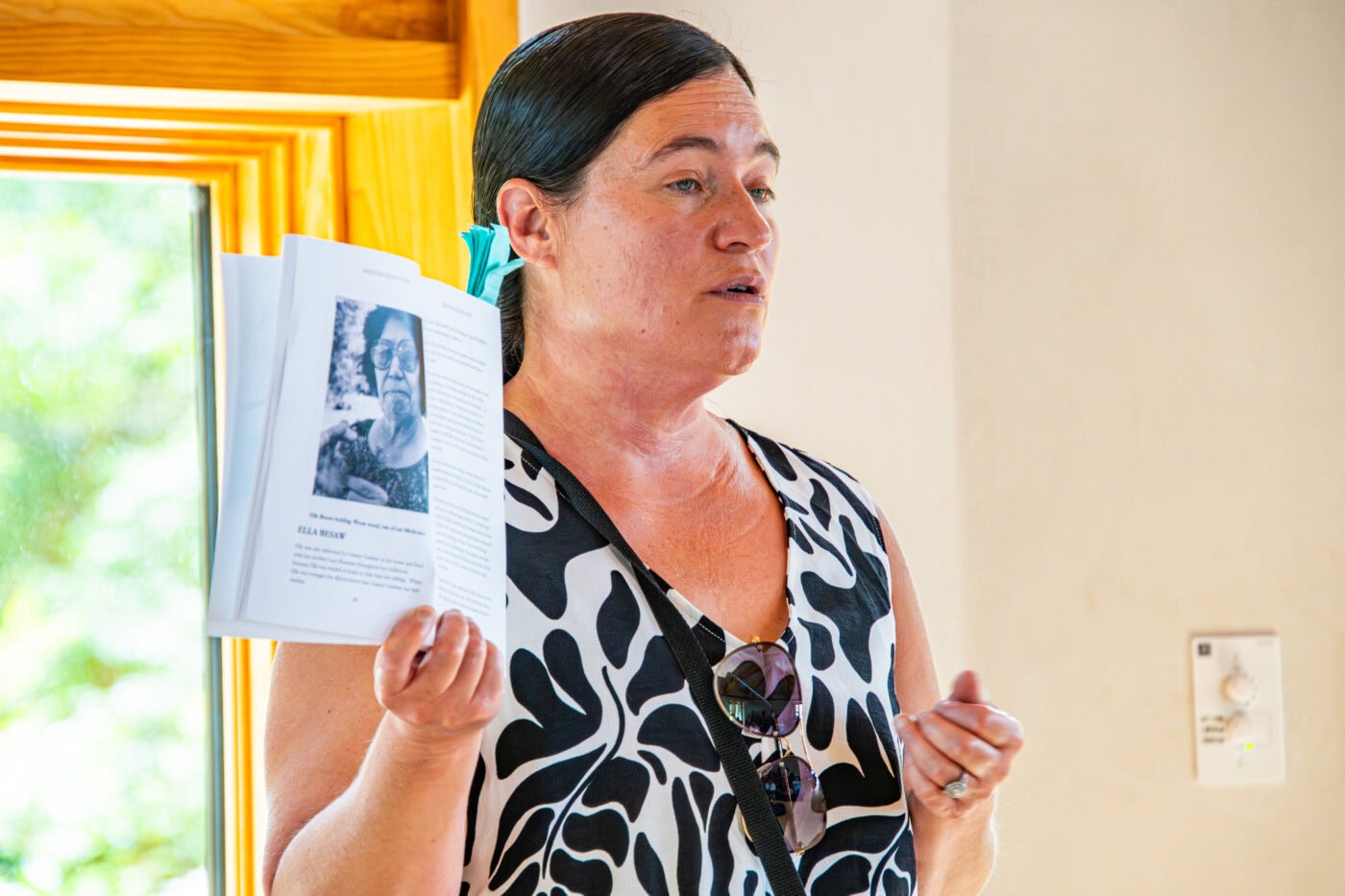
Much of what she teaches has been documented in her book Medicine Generations: Natural Native American Medicines Traditional to the Stockbridge-Munsee Band of Mohicans Tribe.
The book was inspired by her cousin’s years of work educating others. “ He had rheumatoid arthritis,” Cook remembers. “After a few of his presentations, I thought, ‘Wow, we need to write this down,’ because I could not believe how much he could remember.”
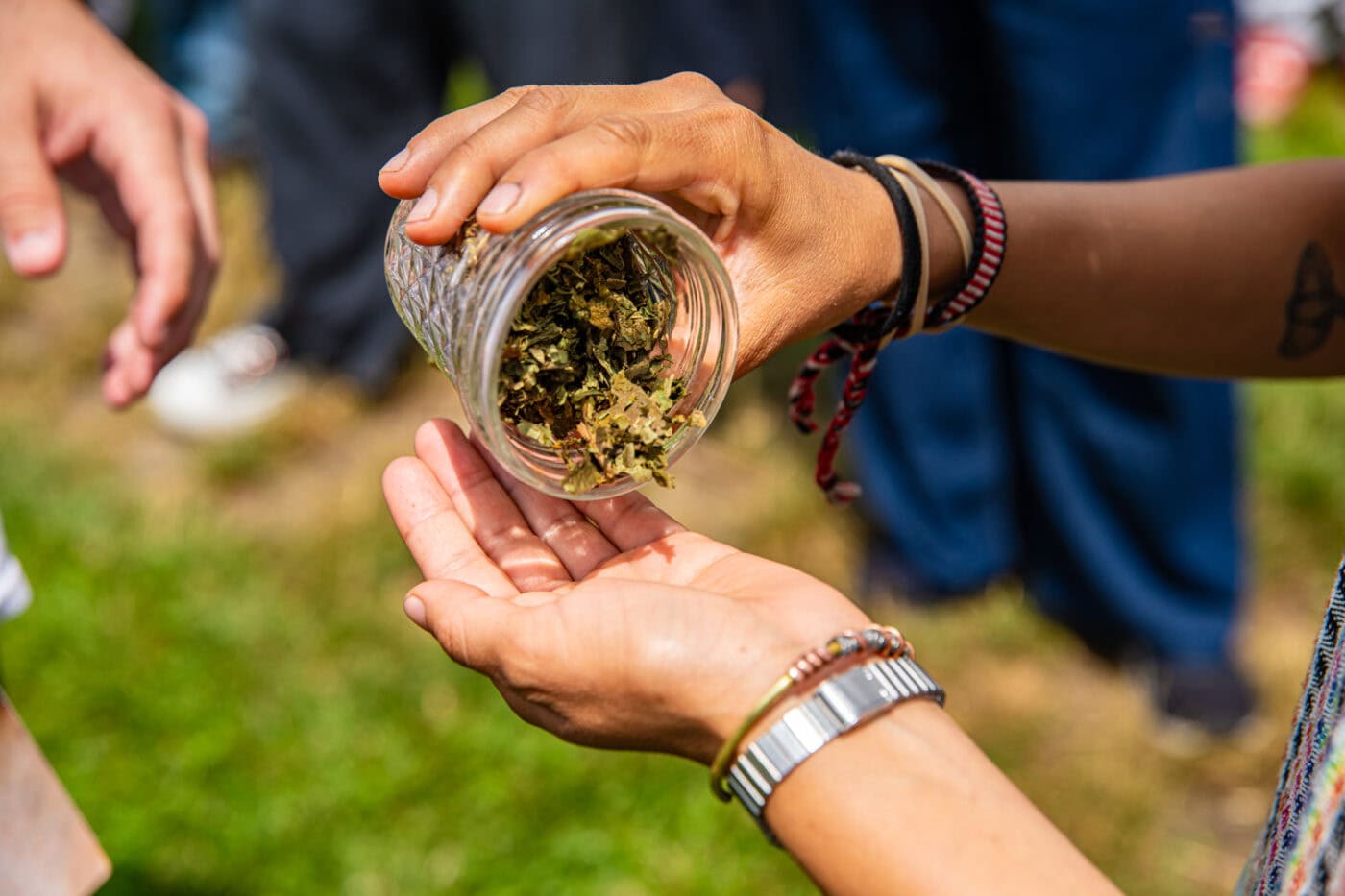
Recently, several dozen people gathered at Soul Fire Farm in Petersburgh for Cook’s workshop on traditional Mohican plant medicine. The energy within the group was palpable. Attendees were fully invested in the discussions on each plant, and the meal and walk that accompanied the presentation.
“I ended our walk a little bit early so we could do the questions, because I sensed that they’re gonna have a lot of questions, so I wanted to make sure we had enough time for that,” Cook says. “It was really great.”
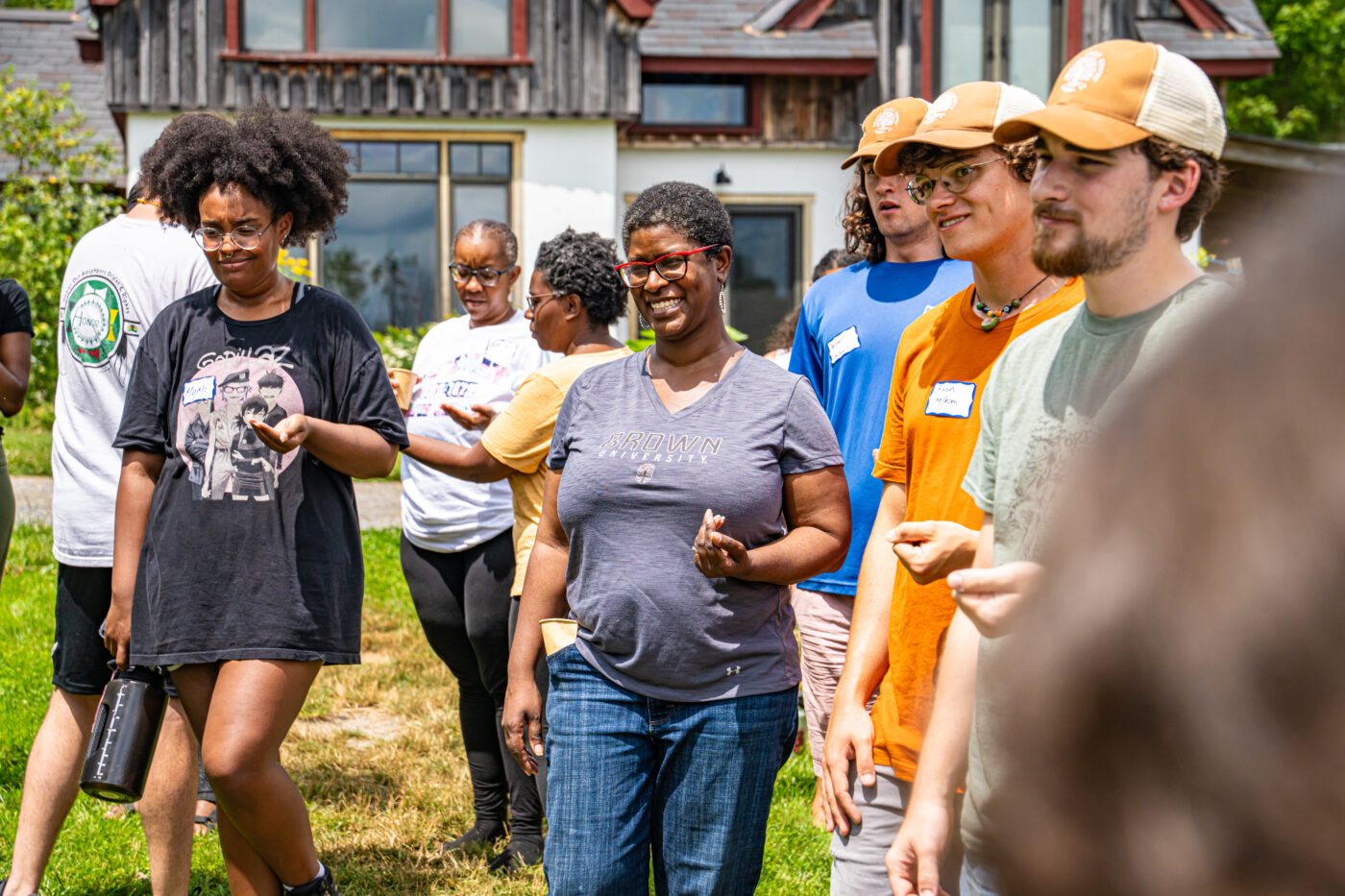
For most, learning about traditional remedies felt exciting. For Cook, hearing some similarities in traditional knowledge passed down among other families, communities, and cultures was a pleasant surprise. Commonalities were shared in between the lessons on gathering, drying, and preserving these medicines.
“When you talk about this stuff, it’ll spark up memories of when they were young and if they did any medicines,” Cook says. “Even if they’re not Native, it’s really interesting to learn what their grandparents or parents did, and then it helps me learn other ways that we could do this.”
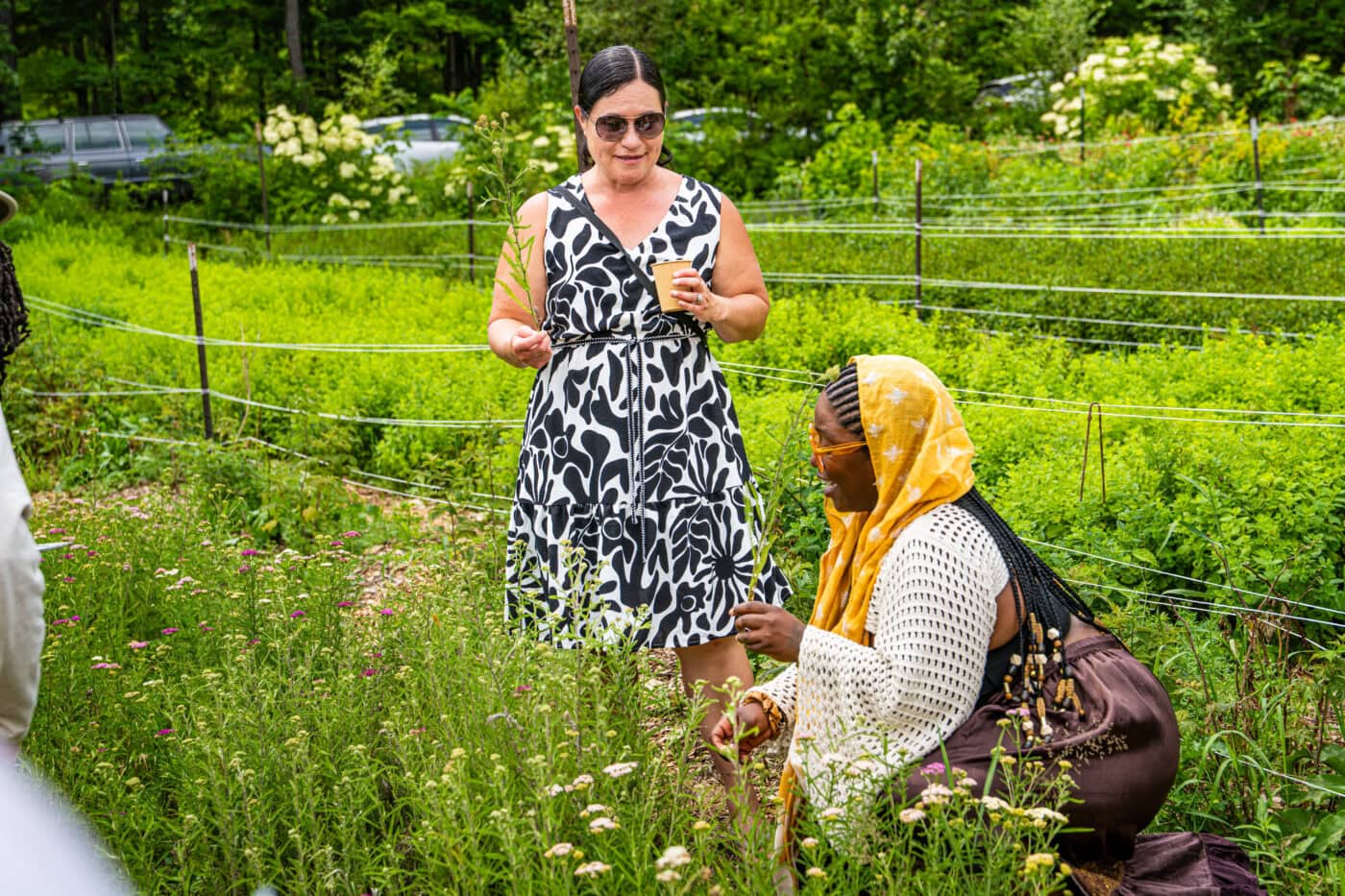
Here are some of Cook’s favorite plants and their traditional therapeutic uses.
Wild Bergamot
Known colloquially as “Number Six” — due to it being the sixth plant given to humans by the Creator — this North American perennial (also called bee balm) is one of the more powerful plant medicines around, according to Cook.
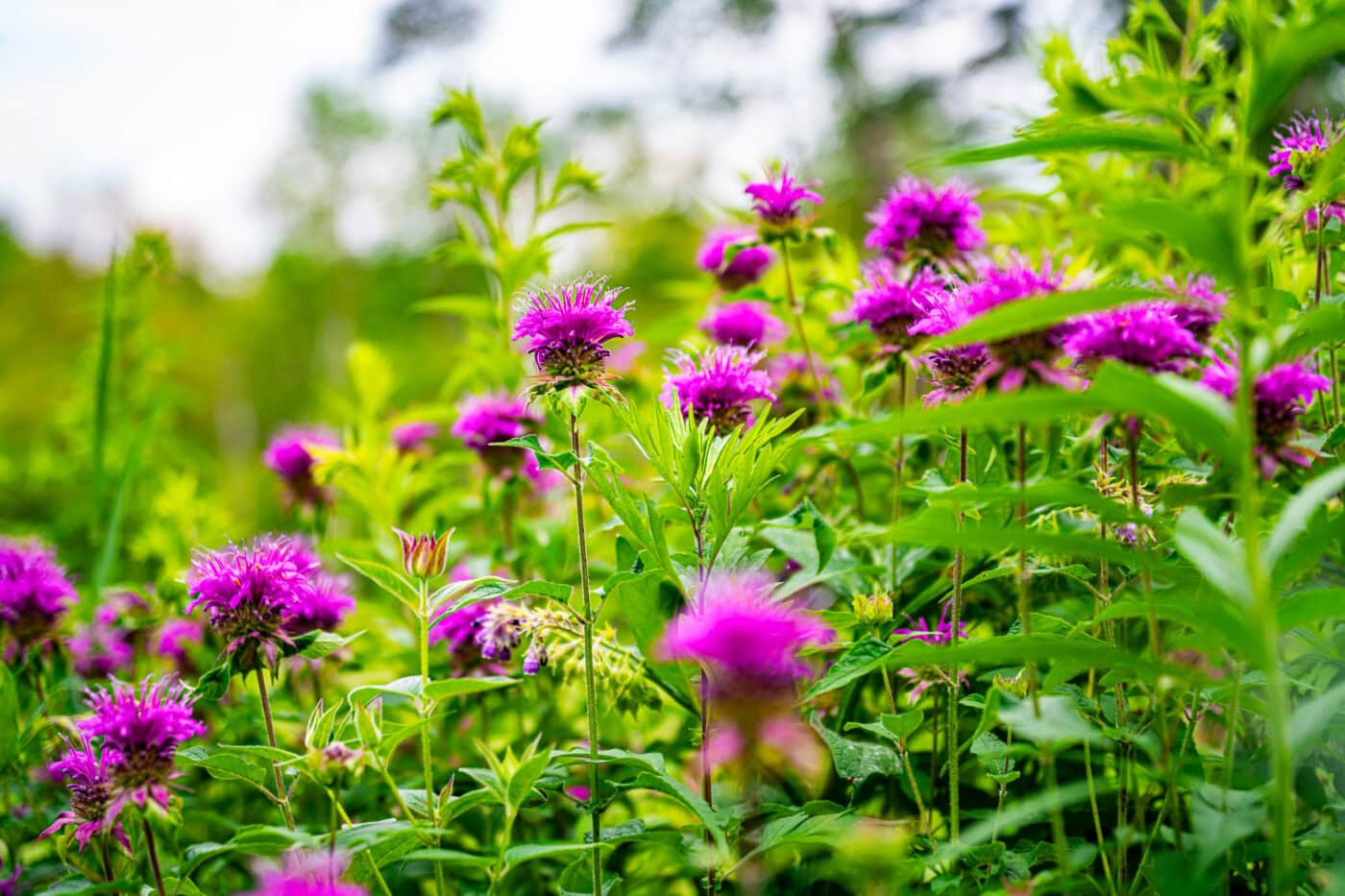
“It’s stood the test of time, and a lot of people use that one. They still gather it, they still dry it, they still share it with each other,” she says. “It’s a great remedy for colds, flu, allergies, nasal issues, and coughs. As soon as you start getting a little scratchy throat or a little bit of an earache, you start taking the Number Six,” Cook says. “That’s one tablespoon of the dried medicine per cup of boiling water. And then you just drink it as tea.”
Chamomile
Many of us are already familiar with the soothing properties of chamomile, which remains a common tea — but we may not realize its use dates back to its discovery by Indigenous peoples. One tablespoon of chamomile per one cup of boiling water can help in dealing with low-grade stress, tension headaches, and shoulder tightness, Cook says.
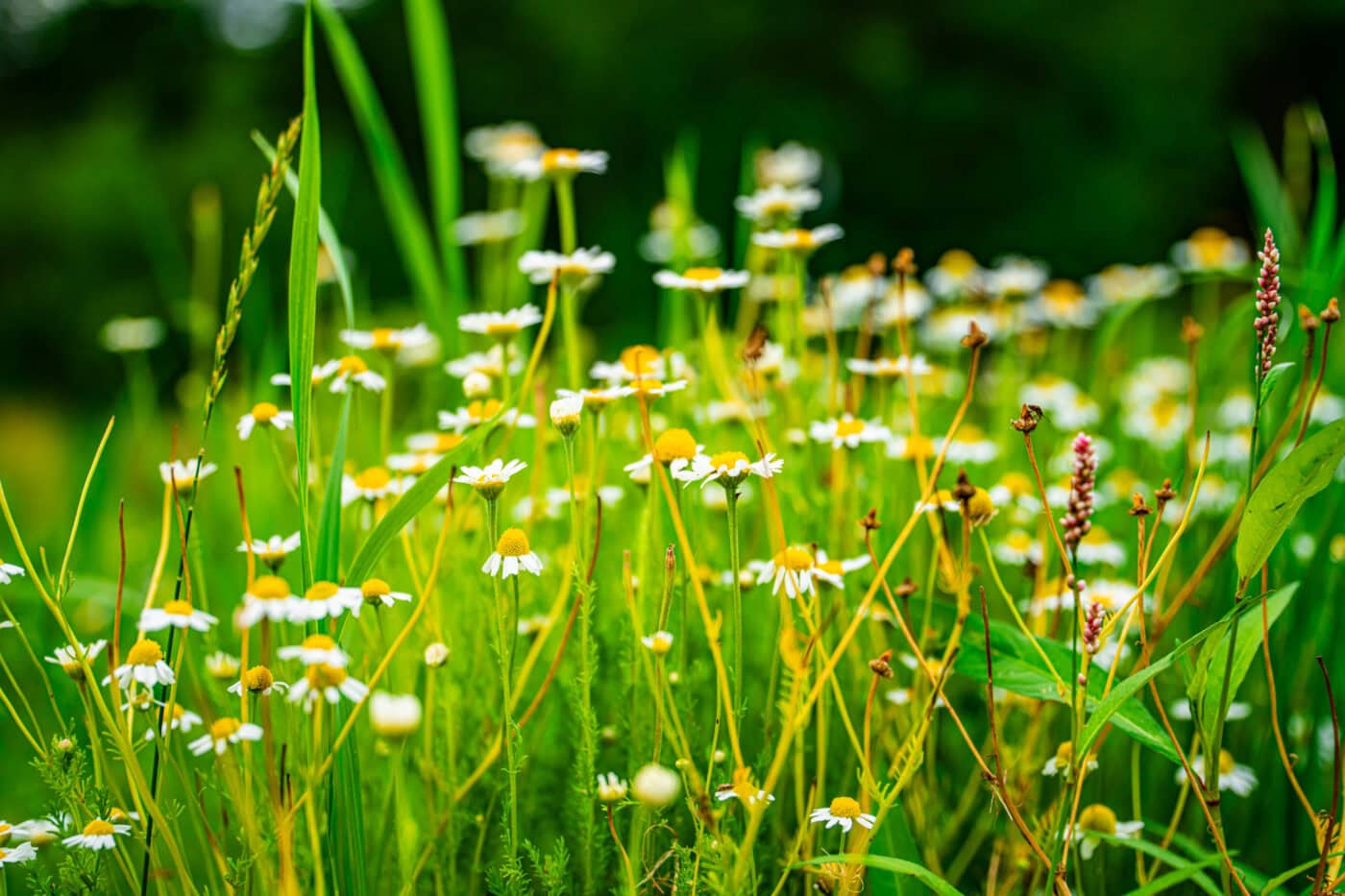
Comfrey
Within her tribe, Cook says the tea from this plant is a remedy for low iron levels. At a different workshop, however, she was surprised to hear about how another attendee’s family used it. “ They’d grow it, they’d boil these huge leaves, and just put it on their skin for skin issues,” she remembers. “ I just thought, ‘Wow, that is such a cool way of doing it, and I had never thought of doing it that way.'”
Sumac
The red berries of this flowering plant are best gathered during the first frost for therapeutic purposes. “We gather the bulbs of that one, and then we just use one tablespoon per one cup of the boiling water for that and drink it as a tea,” Cook says. “That one’s really good for coughs and for [your] lungs. It’s like an expectorant, so it’ll help you cough up what you wanna cough up.”
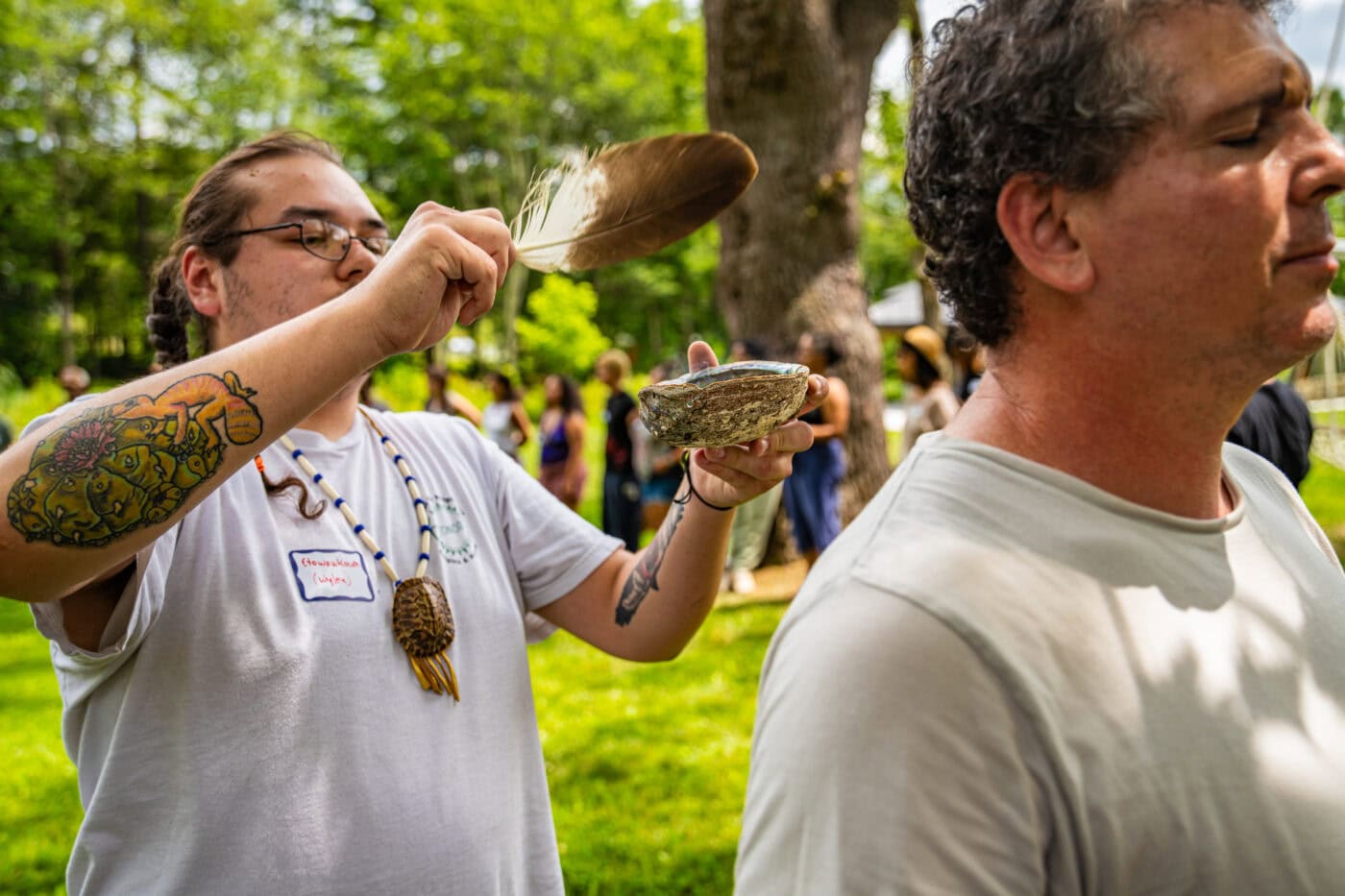
If you decide to try and acquire some of these medicinal plants, Cook stresses the importance of doing so sustainably. Try to come in knowing how much of a certain plant you’d need for an extended period of time. She suggests the one-to-four rule when you’re gathering the plants. If you see four of them growing, you should only take one for every four to make sure you are leaving some behind. “Try to guesstimate how much you’d need for a year,” Cook says, “and then try to gather that.”
When she teaches, they put down tobacco on the collection sites, both as an offering and as a way of encouraging future plant growth.


